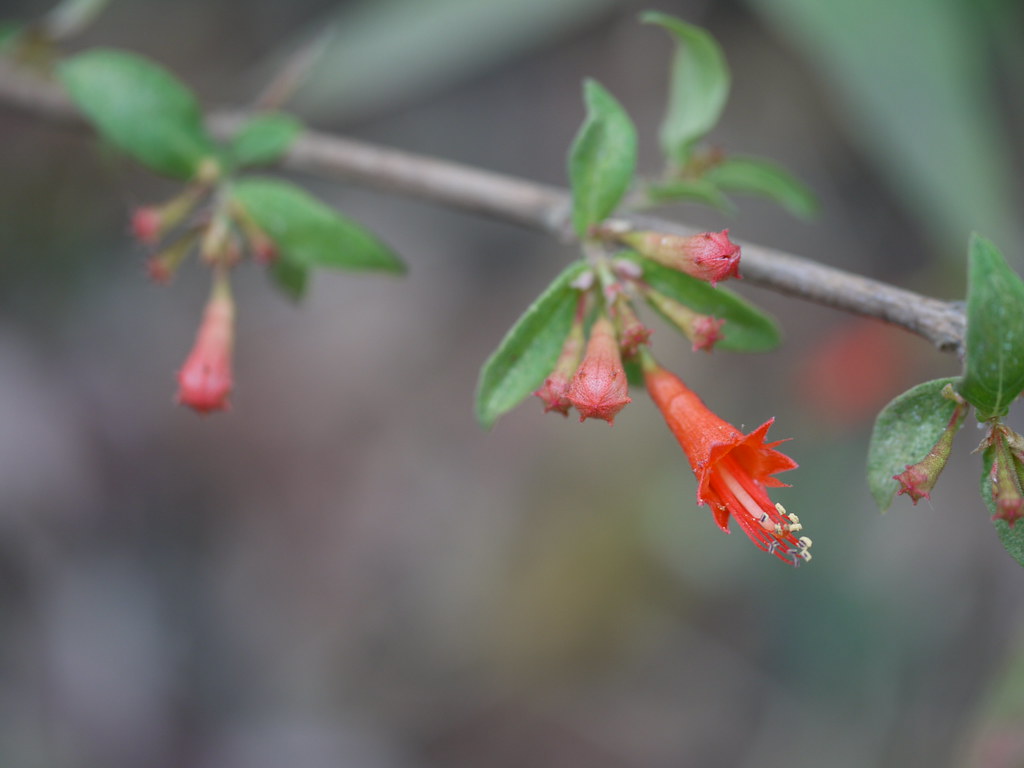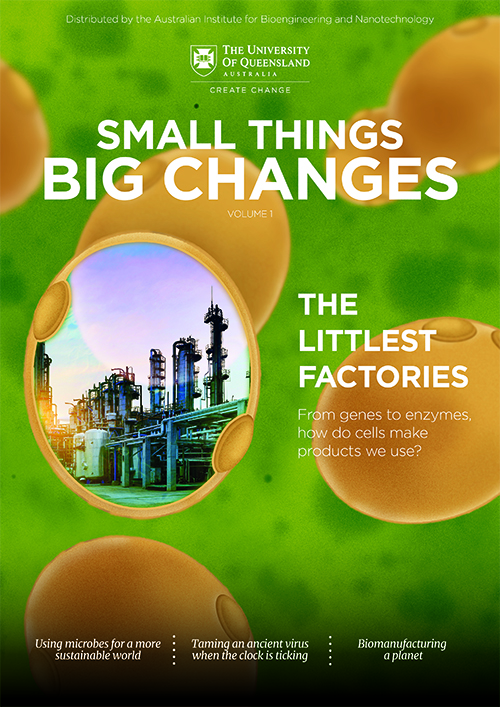Humans have been taking advantage of microbes for a very long time and, in turn, these microscopic organisms have altered the course of human history many times over.
Yeasts, for example, have been used in the production of alcohol and bread since the first Palaeolithic breweries and bakeries began more than 13,000 years ago. Indeed, it has been suggested that the fermentation of cereal grains by wild yeasts — a serendipitous phenomenon that led to the art of brewing — may have triggered the shift from hunter gatherer societies to those that focused on agriculture.
Beer and bread, it seems, may have encouraged humans to finally settle down.
The use of microbes in medicines has a long and remarkable history, too. Historical and archaeological records going back at least 2500 years point to an awareness of a direct anti-infective effect of moulds found on breads, soybean paste and cheese.
Indeed, with remarkable consistency, ancient healers across a wide variety of places including ancient Greece, China and Egypt, used moulds to directly treat infected wounds.
Fermentation was also a common feature in ancient medicine

Image credit: flickr
Indeed, the production of medicated wines in particular has a long history in Ayurveda, a medicine system that began several thousand years agoi in ancient India. Although the fermentation recipes varied, some ingredients remained constant, particularly the use of Dhataki flowers (Woodfordia fruiticosa).
It turns out that several species of fermenting yeast prefer to live on these flowers and, during fermentation, are able to transform chemicals in the flower into medicinally active compounds.
When it comes to microbes, ancient medicine didn’t just rely on yeasts, bacteria also played a role. Traces of the antibiotic tetracycline have been found in human bones from ancient Nubia.
It seems that, by 500 AD, Nubian brewers were fermenting grains laced with the tetracycline-producing soil bacteria Streptomyces, enabling them to produce antibiotic-infused beer.
This wasn’t a one-off — the levels of accumulated tetracycline in those bones suggest long-term use of the medicinal brew.

